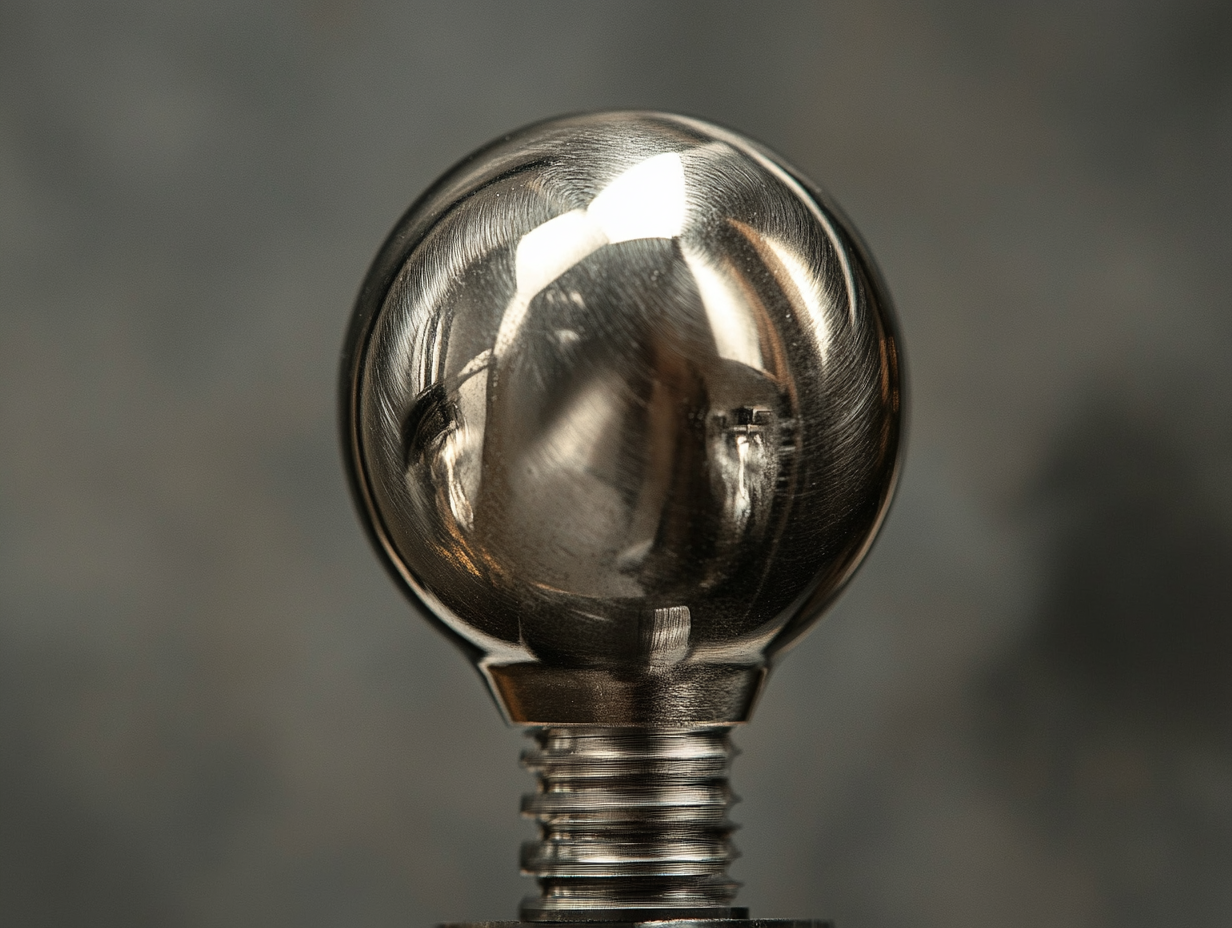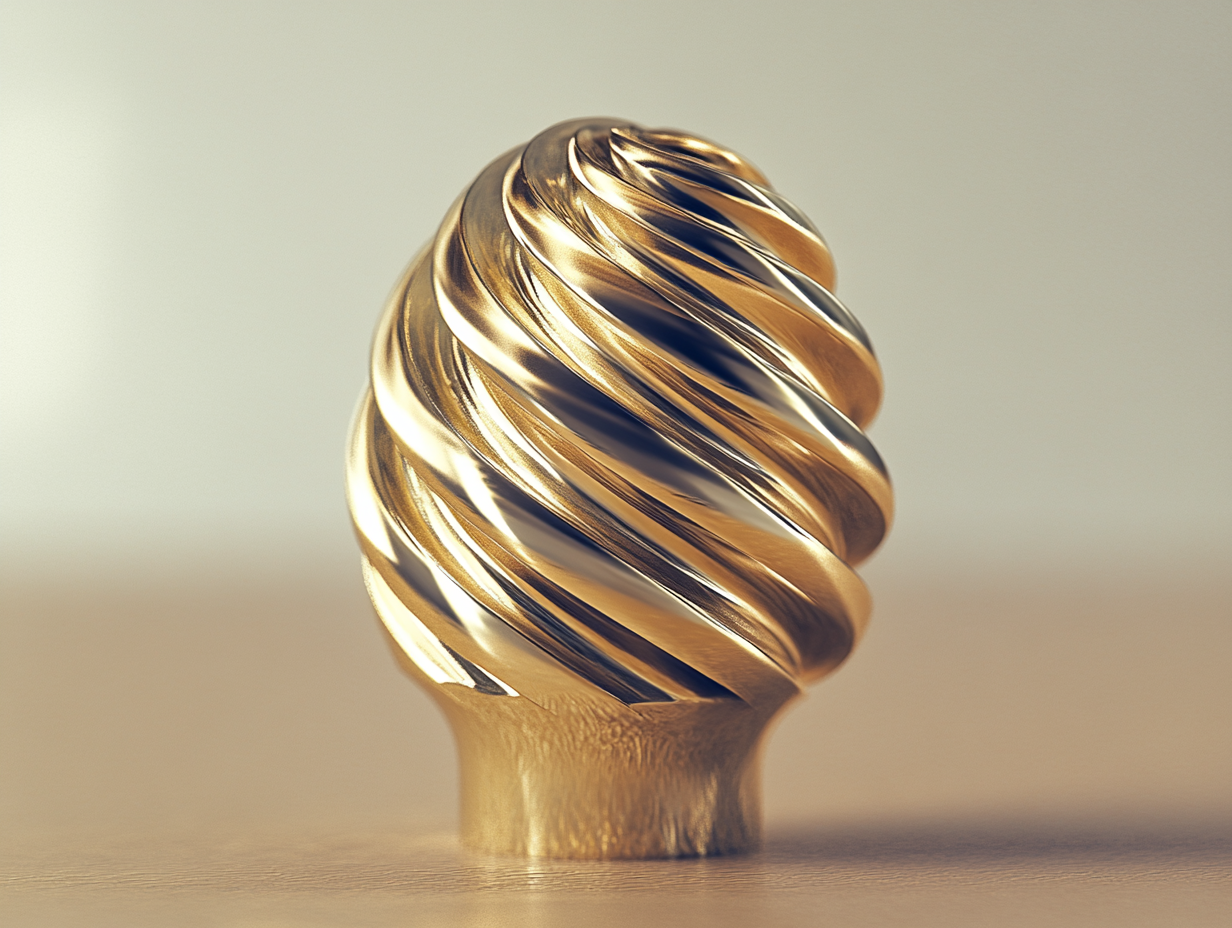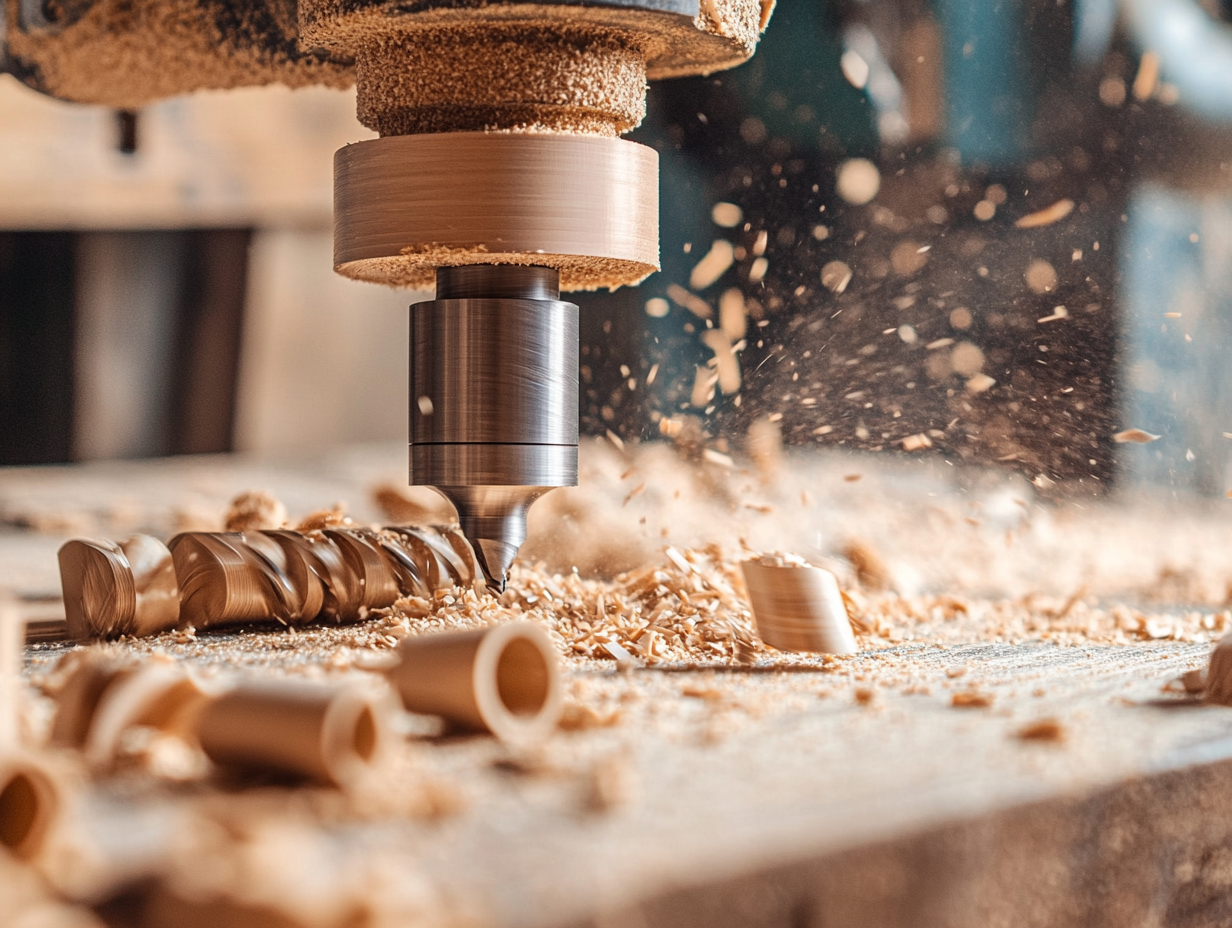Table of Contents
- Understanding Ball Nose End Mills and Their Applications
- Key Factors to Consider When Choosing a Ball Nose End Mill
- Comparing Materials: Carbide vs. Cobalt vs. High-Speed Steel
- Selecting the Right Diameter and Length for Your Project
- Tips for Maintaining Your Ball Nose End Mill for Longevity
- FAQS
- Related Posts
Selection of correct tooling makes the difference between quality and efficiency in precision machining projects. With all sorts of tooling available for precision machining, a Ball Nose End Mill stands out as a versatile and very vital tool in getting different shapes as well as relatively fine finishes on work pieces. It does not matter if milling operations are for metals, woods, or plastics, understanding the nuances on Ball Nose End Mills will significantly elevate craftsmanship productivity.
This is your ultimate guide. We are going to provide you with all the information relevant to choosing the best-intended Ball Nose End Mill for your needs. Consider all the important factors-the kinds of material it is compatible with, dimension, coating, geometry, and all that-in order to prepare well for the informed choices you have to make. Hopefully, by the end of this blog, you will understand well which Ball Nose End Mill suits-surely, amazing results and better machining ones.

Understanding Ball Nose End Mills and Their Applications
Selecting the most suitable ball nose end mill for your machining applications entails a careful balance of several paramount considerations. Typically, end mill geometry will greatly impact performance during milling operations. A good geometry for a ball-nose end mill will aid better surface finish and accuracy, especially in 3D contouring jobs. Dimensioning and configuration of the cutting edge also impact the cutting effectiveness when profiling tiny parts or working hard on materials. Material composition of the end mill is another parameter of prime importance. In this, solid carbide versions work extremely well due to their toughness and wear resistance and are thereby suitable for applications requiring high productivity levels. It is also extremely important to assess the wear characteristics of the tool to ensure it meets the requirements of specific projects, especially those involving an abrasive milling environment. Also, ensure that compatibility with your milling machine is assessed to guarantee a smooth performance throughout the machining process.

Key Factors to Consider When Choosing a Ball Nose End Mill
Another thing that one has to consider while the selection of the right ball nose end mill for the project is the diameter and length. Correct diameter comes very much into play when it comes to the surface finish and also accuracy that you would want your machining to have. For instance, a small diameter end mill is more likely to navigate complicated designs while larger diameters can be used for fast material removal over larger surfaces.
More to this, the length of the end mill must correspond to the diameter for efficient cutting so that it doesn't break. A longer end mill is going to reach deeper cavities, but there are going to be issues with the deflection during the operation. So those should be balanced in context of the requirements of your project thing to get balanced along with the considerations of the things like the machined material and how fast of a cutting you want. This assessment would take place to make the machining very effective and probably the best output.

Comparing Materials: Carbide vs. Cobalt vs. High-Speed Steel
When it comes to precision machining, an understanding of ball-nose end mills plays a crucial role in obtaining far better results in many applications. Being specialized cutting instruments to create complex shapes and contours in material, ball-nose end mills are convenient for CNC machining, die sinking, and mold making. With the particular spherical end, smooth finishes and deep cuts come along to better the quality of a workpiece.
In real-world applications, ball-nose end mills are capable of producing three-dimensional features and intricate designs. Ball end mills can be a good solution to machine soft materials, where the gentle curve of the tool can lessen tool wear and increase tool life. As manufacturers face increasingly complex designs, being able to choose the right ball-nose end mill to apply for the specific needs of a project will make a huge difference in efficiency and output quality. Knowledge about these tools and their functionalities is the foundation of an improved practice for any machinist.

Selecting the Right Diameter and Length for Your Project
Properly caring for your ball nose end mill facilitates its life-long performance. For instance, regular cleaning after each use is essential to preventing debris and other impurities from building up and affecting performance. Chips and dirt should never cling to the cutting edges or flutes instead; it will be much better to remove them by using a soft brush or compressed air.
In addition, lubrication becomes another critical factor in prolonging the life span of your end mill. The reduction in wear and heat that is brought on by applying the correct cutting fluid ultimately impacts performance during an actual machining process. Last but not least, one should always take care to store end mills in a dry, dust-free environment to avoid rust and damage.
Lastly, wear and tear are to be checked while in actual use. This means that keenly checking the edges of the cutter at intervals will easily alert the user to signs of dullness or damage, before they become a concern to the projects. Maintenance keeps your ball nose end mill in its best condition for a long time.
Tips for Maintaining Your Ball Nose End Mill for Longevity
Selecting the right ball-nose end mill for your machining job demands understanding some of the materials at play, as this greatly influences your outcome. The top three competitors-carbides, cobalt, and high-speed steels-each have their respective pros. Carbide end mills are famous for their toughness and heat resistance, suitable for high-speed work and complex geometries. They will greatly increase productivity since they will withstand cutting at extreme conditions without losing their sharp configurations.
Cobalt end mills are usually bolder than carbide, but they are tougher than high-speed steel and thus are considered for somewhat tougher materials for applications requiring a balancing act of demand for strength and longevity. On the other hand, high-speed steel is still the preferred choice primarily because of the price and the extended range of applications accepted for general-purpose machining operations. The right choice in your application will enhance the detailed working of it technically and engage the tool life maximally and efficiency-wise in various other manufactures.
FAQS
Ball nose end mills are specialized cutting tools designed to produce complex shapes and contours in materials, making them ideal for CNC machining, die sinking, and mold making.
The three major materials used for ball nose end mills are carbide, cobalt, and high-speed steel, each offering unique advantages in durability, heat resistance, toughness, and cost-effectiveness.
Carbide end mills are known for their durability and heat resistance, making them suitable for high-speed applications and complex geometries, as they maintain sharp edges under intense conditions.
Cobalt end mills provide better toughness than high-speed steel, making them suitable for tougher materials, while high-speed steel is more cost-effective and versatile for general-purpose machining tasks.
Regular cleaning after each use, applying the appropriate cutting fluid for lubrication, storing in a dry environment, and monitoring wear and tear can all help maximize the longevity of a ball nose end mill.
Lubrication significantly reduces wear and heat during machining processes, ensuring optimal performance and extending the life of the end mill.
Use a soft brush or compressed air to remove chips and dirt from the cutting edges and flutes after each use to prevent performance issues.
Regularly inspecting the cutting edges for signs of dullness or damage allows you to take appropriate action before any issues affect your machining projects.
Ball nose end mills are particularly effective for creating three-dimensional features and intricate designs, especially in soft materials.
The right material can significantly impact precision, tool life, and efficiency, optimizing performance across various manufacturing scenarios.
Blog Tags:
- 2mm Ball Nose End Mill
- 6mm Ball Nose End Mill
- CNC Ball Nose End Mill
- Ball End Mill Suppliers
- Solid Carbide Ball Nose End Mill
- Ball Nose Milling Cutters
- Custom Ball Nose End Mills
- Carbide End Mill Designs